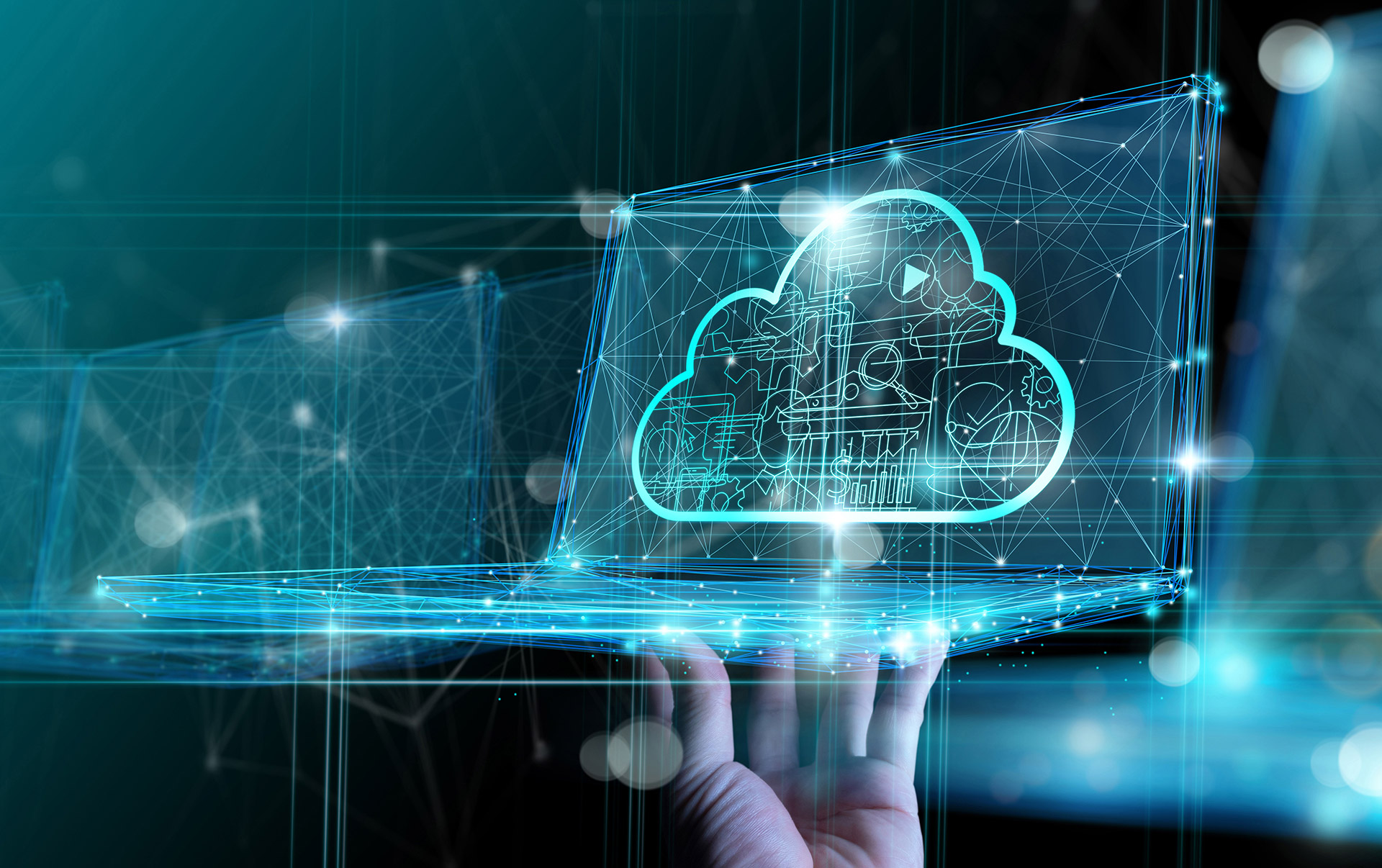By Anthony Mini, President/CISO
From its inception, the internet has undergone numerous changes and advancements, transforming the way we communicate, learn, and do business. However, one aspect that has remained relatively unchanged is the Local Area Network (LAN), the private IP space that runs behind the scenes of our digital world. That is, until now. With the introduction of cloud technology and the convergence of non-traditional networked devices, the LAN is undergoing a significant migration that is redefining its role in the ever-evolving cyber landscape. This transformation has given rise to the concept of LAN 2.0, ushering in a new era of connectivity and security. In this white paper, we will explore the components of LAN 2.0, the factors driving its evolution, and the potential security concerns that come with this new frontier. From the increasing integration of Operational Technology (OT) and Internet of Things (IoT) devices to the pressing need for collaboration and best practices, let’s delve into the captivating world of LAN 2.0.
The concept of the world wide web has morphed at a hyper rate of transformation throughout its existence. It has been classified into different stages such as the read-only Web 1.0, the more interactive Web 2.0, and the loosely defined decentralized Web 3.0. Currently, there is an ongoing development of the underground and ambitious idea of Web 4.0. However, while the internet has experienced this evolution, the private IP space, known as the LAN, has remained relatively unchanged. This was until the emergence of cloud technology and the convergence of non-traditional networked devices. As a result, the LAN is undergoing a great migration and is becoming significantly different from its previous static nature.
Various organizations have adopted different approaches when it comes to implementing Wide Area Network (WAN) frameworks, hybrid cloud models, and merging their operational technologies. However, the future trend is heading towards a LAN that is distinct enough to redefine how we conceptualize and protect it.
To provide clarity on these terms, we define Critical Infrastructure (CI) as vital assets of a WAN that are essential to the functionality of a region or nation. OT is defined as assets on a LAN that are imperative for the operations of a specific organization. Meanwhile, IoT includes LAN and WAN assets that are not crucial to an organization but are still connected to IP-based networks. For example, a surveillance camera system may not be crucial to a marketing company, but its outage could affect the safety of prison facility operations.
Read more by downloading the white paper.





